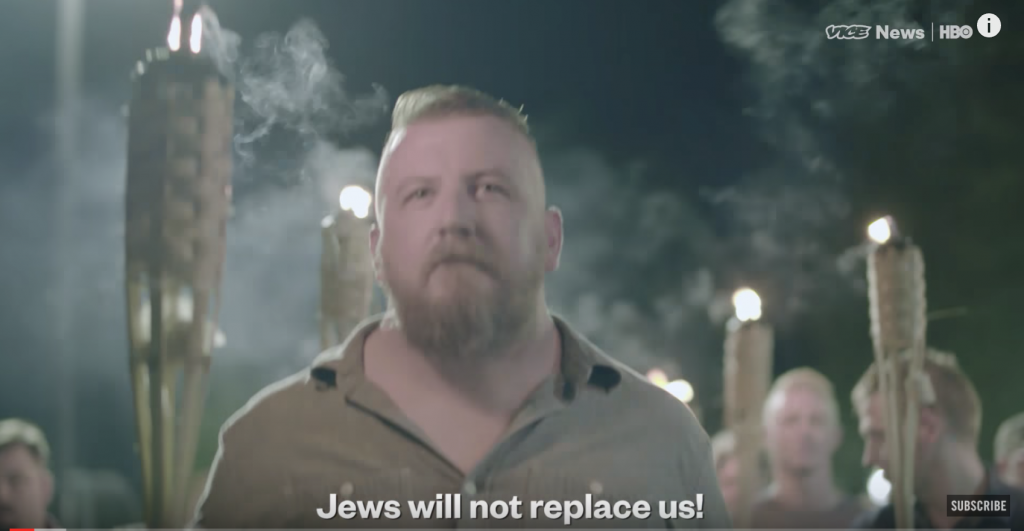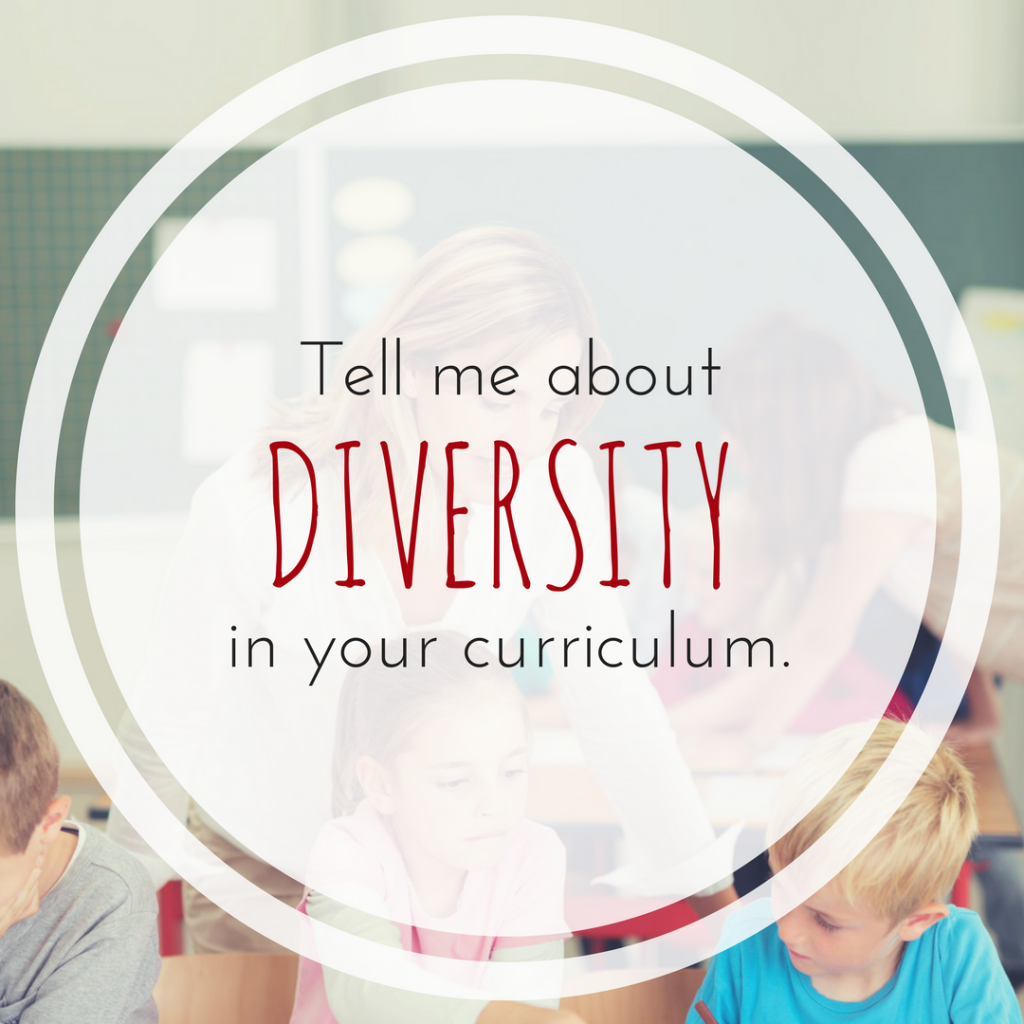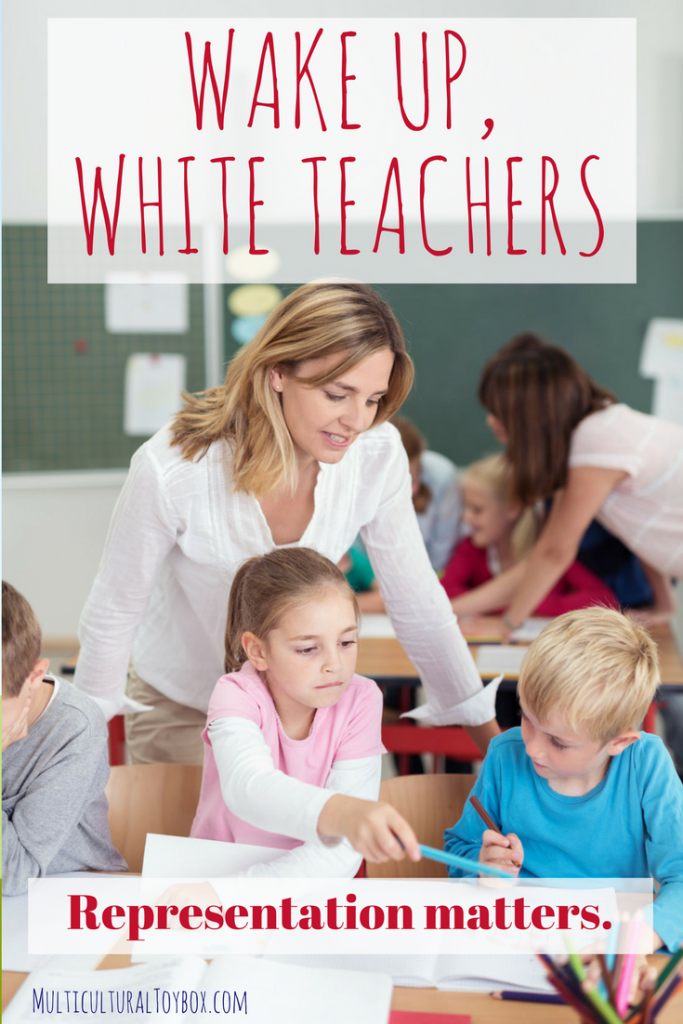
The “Unite the Right” rally in Charlottesville, Virginia on August 12, as well as the torchlit march the evening before the rally, revealed what some might call the ugly underbelly of American culture—and what others deem its very foundation: a commitment to white supremacy and the exclusion, suppression, and hatred of others. Worse, by commenting that there was “violence on many sides” and that there were “very fine people on both sides,” the president of the United States suggested that the violence that erupted in Charlottesville represents a minor eruption in an otherwise measured debate marked by moral equivalency.
There are those who maintain the “Unite the Right” rally’s genuine mission was to preserve a statue of Robert E. Lee. Evidence from the two days of the rally suggests otherwise:
Some people might suggest “big tent” multiculturalism requires tolerance of opposing viewpoints. And indeed it does—unless those viewpoints call for the elevation of one group of people above all others and the annihilation of specific groups its adherents deem inferior.
If you watch that Vice News/HBO video embedded above, you’ll see that violence and a failure to see others as human—near the end of the video, neo-Nazi Christopher Cantwell refers to the protesters “animals”—were intentional features of, rather than coincidental to, the “Unite the Right” rally. White men, as well as some women, came well-armed, looking to intimidate, maim, and kill.
Taking action at home and school
What can parents and teachers do in the face of such violence and threats of violence, which are sure to erupt again as we face, as former Vice President Joe Biden puts it, “a battle for the soul of this nation”?
There are many steps you can take. This piece I wrote six years ago remains relevant. The two most important steps, I believe, are the first and the last: make sure young people feel safe, and ask “what should we do to help?”
If you’re a parent, GeekDad author Matt Blum suggests some structure for a conversation with your kids. Writing in the Los Angeles Times, Sonali Kohli shared advice from mental health experts and parents, including educating yourself first, using age-appropriate concepts, limiting media exposure, answering children’s questions, and ensuring children don’t feel disempowered. If you’re uncertain what an age-appropriate conversation might look like, this article from the National Education Association offers some guidelines.
If you’re a secondary teacher or postsecondary faculty looking for readings, or if you’re a concerned individual who wants to be better informed, there are already several versions of a Charlottesville syllabus available:
- Charlottesville Syllabus from the University of Virginia Graduate Coalition: covers the alt-right and white supremacist groups, gentrification in Charlottesville, the Lost Cause and its memorials, slavery and the University of Virginia, eugenics at UVA, Jim Crow and civil rights organizing by UVA students, and community responses to the rally.
- Charlottesville Syllabus (“BLOCKKKPARTY EDITION”) by the UVA Graduate Students Coalition for Liberation: includes two sections—one on Confederate statues, white supremacy, Lost Cause memorialization, and resistance, and one on gentrification and Vinegar Hill.
- Charlottesville Syllabus by Catherine Halley on JSTOR: explores the legacy of slavery, institutionalized racism, anti-Semitism, Native American genocide and displacement, fascism and neo-Nazism, immigration, and race in U.S. education.
- Charlottesville Syllabus from Beacon Press: divided into sections on comprehending what happened, understanding the historical and societal scope of American hate, and how to take individual or collective action.
While we await the next very public flare-up of our long struggle with racism, find ways to incorporate (but not co-opt) the voices and ideas of people of color into the lives of the young people for whom you care or with whom you come into contact. You can, for example, fill your home, the school library, or your local public library, with books and media about (and ideally written by) people of color—particularly women of color, who often face the biggest obstacles to making their voices heard. You can ensure your child’s room is filled with toys and art that reflect your values. You can talk to your children’s teachers, principals, school boards, and superintendents about how to diversify the curriculum to better represent the experiences and amplify the voices of underrepresented people. (And guess what? I’ve been working for the past few months on a guide that helps white teachers do just that.)
This work pays off
It may feel like you’re trying to build an island by throwing pebbles into a rising sea, but if enough people in your children’s lives are on board, your children (or your students) will come to value diverse voices, recognize injustice, and speak up. We’ve been talking about these issues in age-appropriate ways with my son since he was in preschool, and while he may not yet have the vocabulary or maturity of an activist or scholar, today he’s a middle-schooler with a moral and ethical compass whose magnetic north is social justice.
Keep your eye on this blog for the multi-part guide—aimed at K-12 faculty, lower-division college faculty, and homeschooling parents, but of use to parents who want to encourage their children’s teachers to embrace a multicultural world—How to Diversify your Curriculum: Principles, Steps, and Resources. It’s a seven-part blog series loaded with resources and downloadable goodies for educators, and I can’t wait to share it with you.


